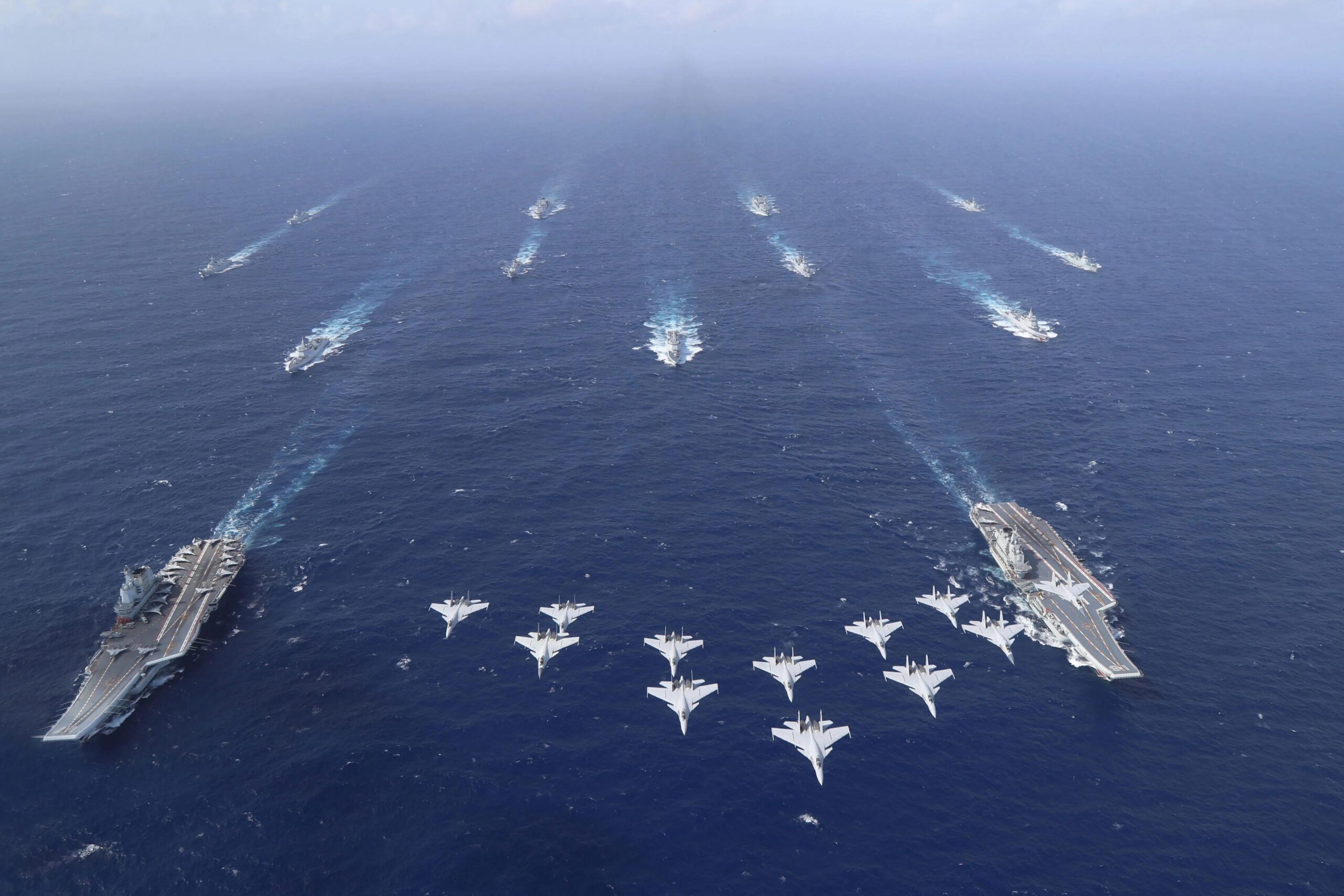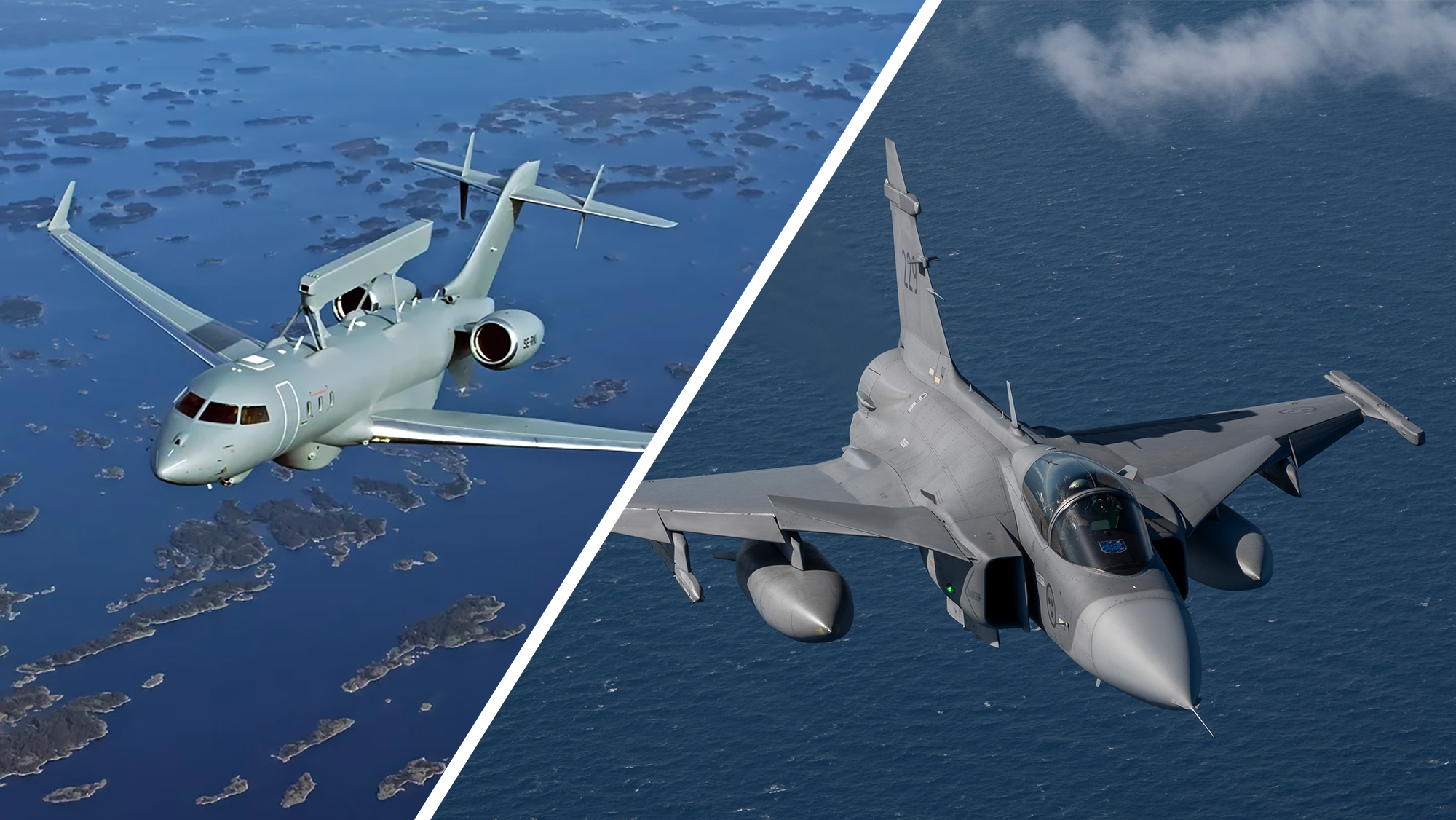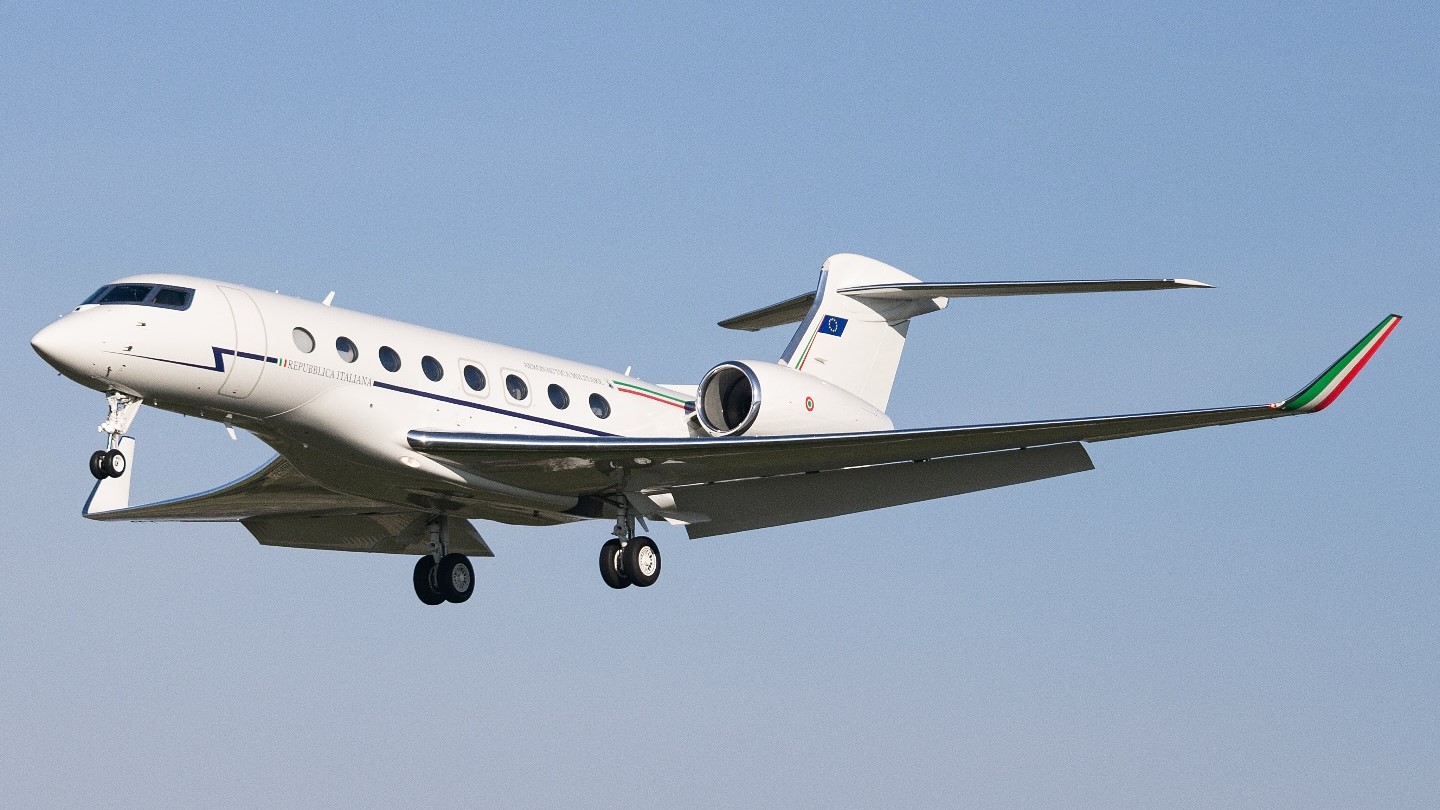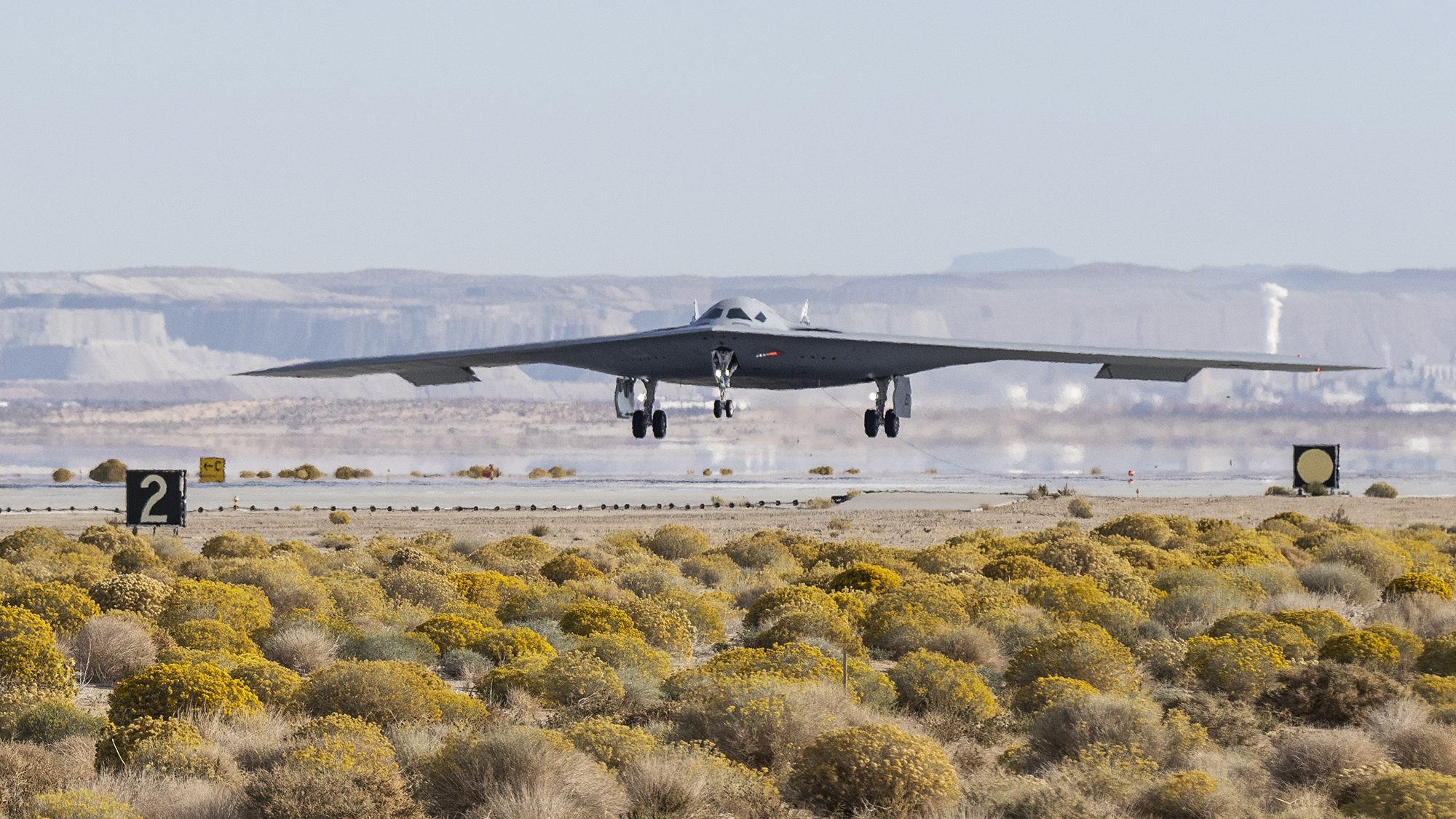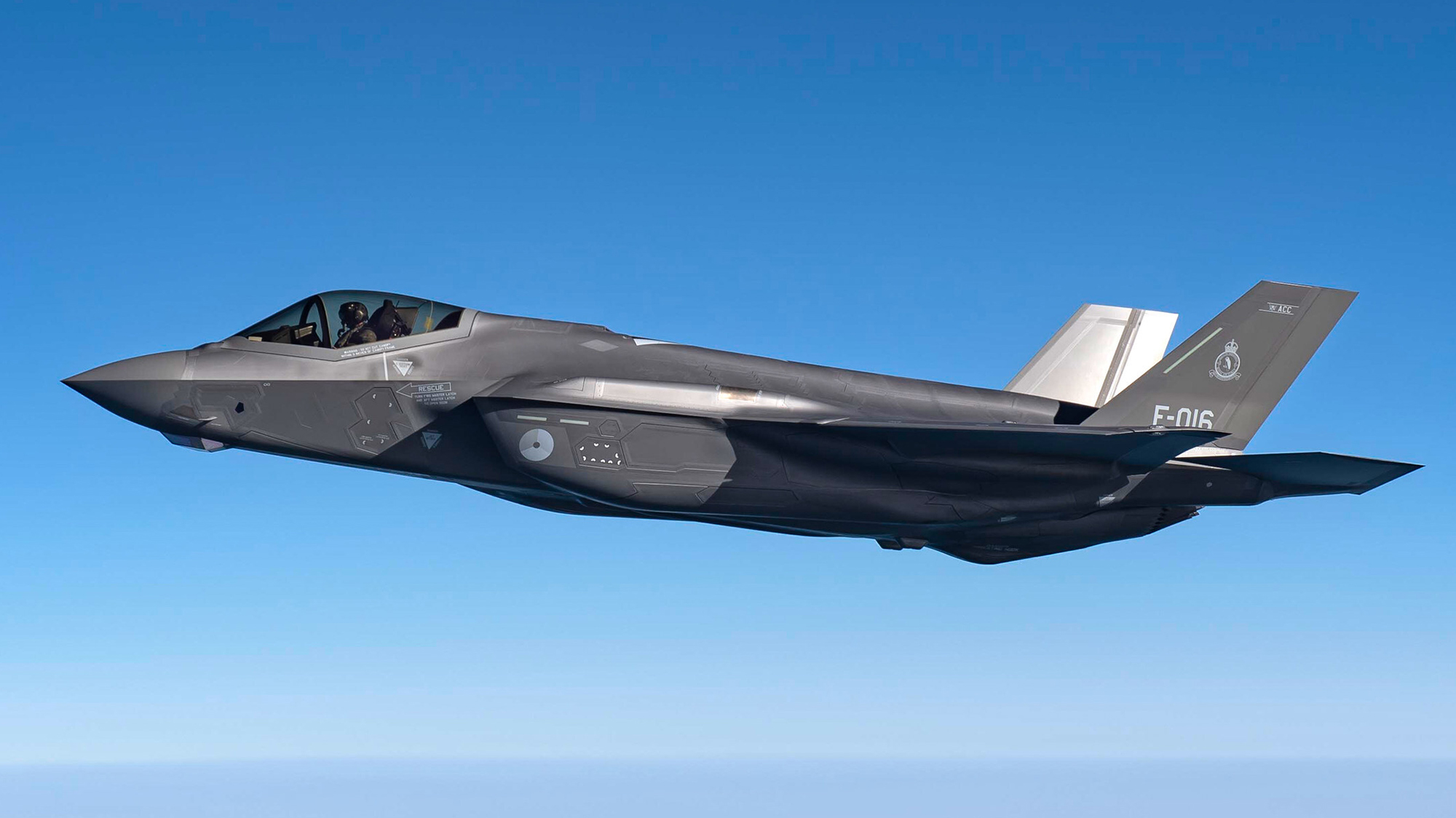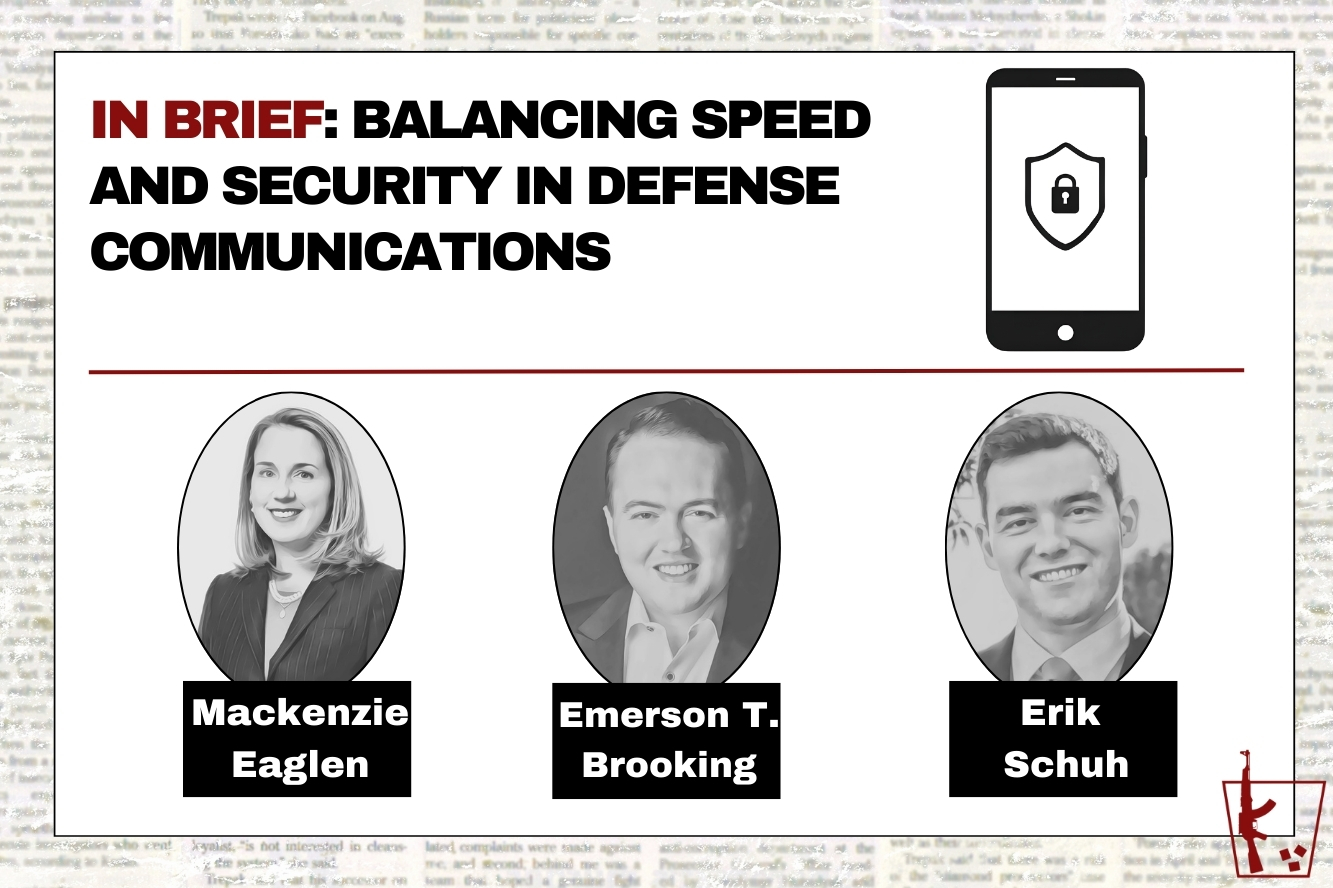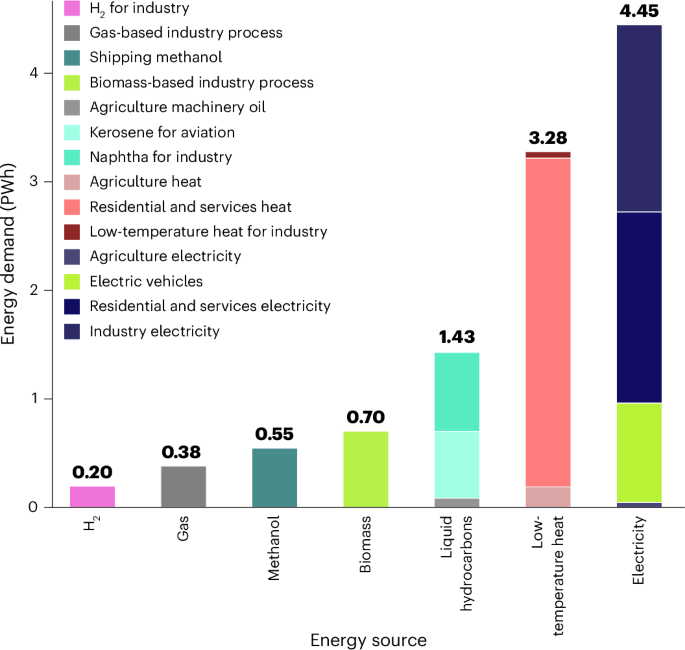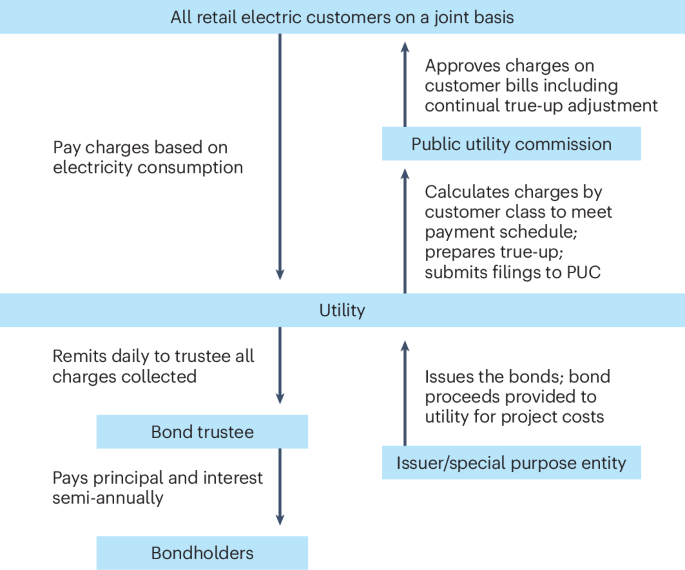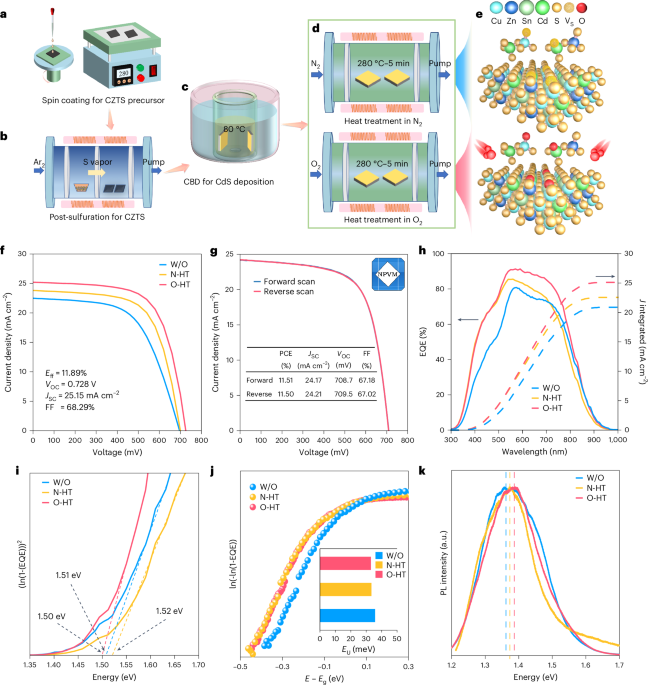Time for Space Force to ‘clearly say’ it needs ‘weapons in space’: SPACECOM head
“The US and France recently conducted our first ever bilateral rendezvous and proximity operation to demonstrate combined capabilities in space in the vicinity of a strategic competitor spacecraft,” SPACECOM head Gen. Stephen Whiting said today.


U.S. Space Force Lt. Gen. Stephen Whiting, Commander of Space Operations Command, participates in a panel discussion at the 2023 Air and Space Forces Association Warfare Symposium in Aurora, Colorado, March 7, 2023. (U.S. Space Force photo by Dave Grim)
SPACE SYMPOSIUM 2025 — Gen. Stephen Whiting, the head of US Space Command, today put a capstone on the public campaign by top military space officials to reorient the US way of war to emphasize space is very much a new front for fighting — deliberately calling out the need for the deployment of “weapons” in space.
He further announced several initiatives designed to forward US capacity to fight in space, including a recent experiment with France involving close maneuvers near a “competitor” satellite and a new experimental project to develop capabilities for “sustained space maneuver.”
“It’s time that we can clearly say that we need ‘space fires’, and we need weapon systems. We need orbital interceptors. And what do we call these? We call these weapons, and we need them to deter a space conflict and to be successful if we end up in such a fight,” Whiting told the annual Space Foundation Space Symposium in Colorado.
“Weapons in space used to be considered inconceivable, but now space-based interceptors are a key component of how we win,” he elaborated. “We are a combatant command, and like all other combatant commands, we must be dominant at war, fighting and war winning. And dominant warfighting in space requires credible, acknowledged, kinetic and non-kinetic capabilities, fires and weapons.”
Whiting added that the US military “must re-establish deterrence” against China and Russia “by clarifying capability, credibility and communication. Weakness only invites aggression.”
At the same time, he said, “we must not forget peace is our desired outcome. War in space is not inevitable and US Space Command remains committed to preserving space as a domain for peaceful exploration.”
Whiting’s use of the term “weapons in space” could be seen as the final straw breaking the decades-long taboo in US space policy circles about acknowledging the pursuit of any on-orbit capabilities beyond passive functions such as communications and imaging. The Defense Department has a history of using euphemisms instead — such as “counterspace capabilities” — but without specifying their deployment on orbit. Words, after all, matter in Washington.
However, over the past few years that reticence has been slowly disappearing in rhetoric from senior Space Force and SPACECOM officials. For example, Space Force chief Gen. Chance Saltzman on March 20 said that the service is is looking at how best to invest in six categories of counterspace weapon systems to support its priority on “warfighting,” including those based in space.
Further, the development of space-based missile defense interceptors is a central element in President Donald Trump’s Golden Dome concept of a multi-layered homeland missile defense and air defense shield.
US, French Conduct Space ‘Rendezous’ Op Near ‘Competitor’
Stressing the importance of coalitions in any future space war, Whiting said that SPACECOM “has spent a lot of time over the last year … working to operationalize our relationships in space with our most capable allies.
“And one example of that that I’m proud to announce here for the first time is that the US and France recently conducted our first ever bilateral rendezvous and proximity operation to demonstrate combined capabilities in space in the vicinity of a strategic competitor spacecraft,” he said. “And let me tip my cap to Maj. Gen. Philippe Adam and his team at the French Space Command for their professionalism and can-do spirit.”
France is the only US ally that has publicly acknowledged that it is developing on-orbit weapons: “patrol satellites” equipped with lasers to shoot-back at threatening adversary birds. French Space Command Space Command last September kicked off a new program designed not just to demonstrate rendezvous and proximity operations and close inspection capabilities, as well as satellite-based counterspace technologies.
Whiting cautioned that there is no guarantee that a future space war could be won quickly, and stressed SPACECOM’s continued priority on developing new capabilities for space mobility and “sustained maneuver” — such as rendezvous and proximity operations, in-space refueling and on-orbit logistics.
“We can no longer assume that a war that starts in or extended extends into space will be short. We must prepare for a protracted conflict to be successful,” he said. “To win in a protracted conflict, we must maintain space capabilities beyond the initial stages of when the war starts. This longevity depends on our ability to deploy, regenerate and reconstitute space forces. Sustained space operations require the right mix of responsive launch, sustained maneuver and logistics to allow for the operational availability, movement and maneuver required to achieve a position of advantage in space over an adversary.”
To “get after this challenge,” Whiting announced that SPACECOM is “cosponsoring” a new experimental effort with SpaceWERX, the Air Force Research Laboratory’s space innovation hub.
“We will soon be identifying 10 proposals for $1.9 million each in funding over a 15-month period of performance. This effort will continue to invest in the most promising technology from commercial industry to help us solve the sustained space maneuver challenge so we can bring this joint function to the space domain,” he said.
Despite Whiting’s long-time support for pursuit of maneuver capabilities, sustained Space Force funding for research and development programs has been noticeably lacking. As Breaking Defense first reported, the service zeroed out funds for space mobility in its fiscal 2026 budget.
Year of (CJAD)C2
Whiting detailed two other areas of focus for SPACECOM: modernized command and control (C2) for orbital warfare, and space domain awareness.
“As part of our ‘Year of Command and Control, or Year of C2, US Space Command identified four high- priority kill chains that require integrated C2 networks for connecting sensors to effectors. And we’re working with the Department of the Air Force, the US Space Force, Missile Defense Agency and the NRO [National Reconnaissance Office] to ensure that we have the necessary integration across multiple acquisition programs to field a more agile C2 capability, increasing kill chain speed and lethality by 2027,” he said.
The Space Force last October announced a new C2 effort to build such networks based on Whiting’s four priorities. Lt. Gen. Philip Garrant, head of the service’s Space Systems Command, told Breaking Defense that the “Joint Enterprise Integrated Federated C2 For Space” effort is being managed by the Space System Integration Office, working closely the Air Force to ensure connectivity to the Department of the Air Force Battle Network, the service’s contribution to the Pentagon-wide Combined Joint All Domain Command and Control (CJADC2) initiative.
To improve space domain awareness, Whiting noted that SPACECOM “supported a strategic funding increase from the Air Force Research Lab through SpaceWERX and AFWERX, which will result in Leo Labs deploying a next-generation Seeker-class ultra high frequency radar site in the IndoPacific region.
“This effort will improve DoD ability to minimize gaps in SDA coverage and provide early detection and tracking for space and missile launches in China,” he said.
Leo Labs announced the $60 million public-private partnership deal on March 8, with half the funding coming from a Strategic Funding Increase (STRATFI) award from the Air Force lab, and the other half from the company.
The space monitoring startup, which operates radars around the world, further announced on Monday that it has developed a new mobile radar system called Scout that can be rapidly deployed. Leo Labs CEO Tony Frazier told Breaking Defense that Scout fits in an average military container so could be deployed, for example, on a ship or transported via a C-130 cargo plane.

































































































